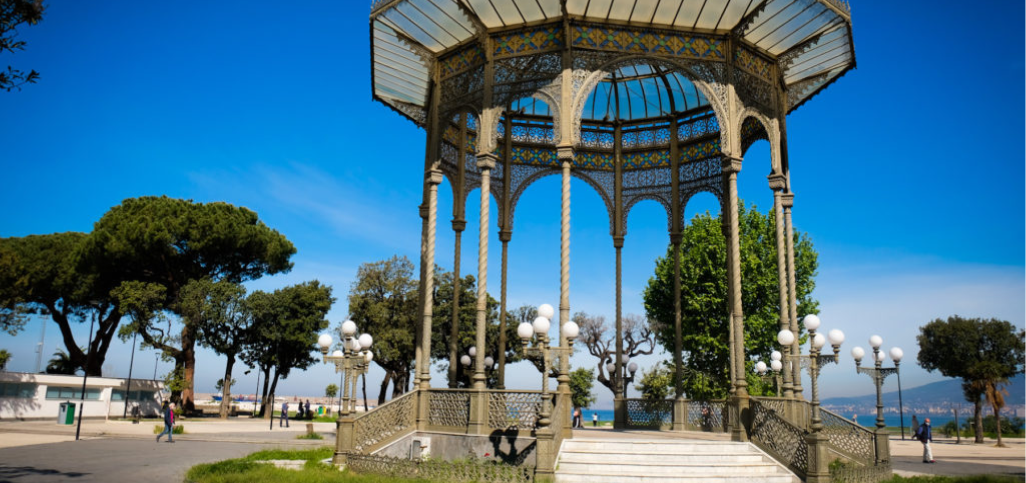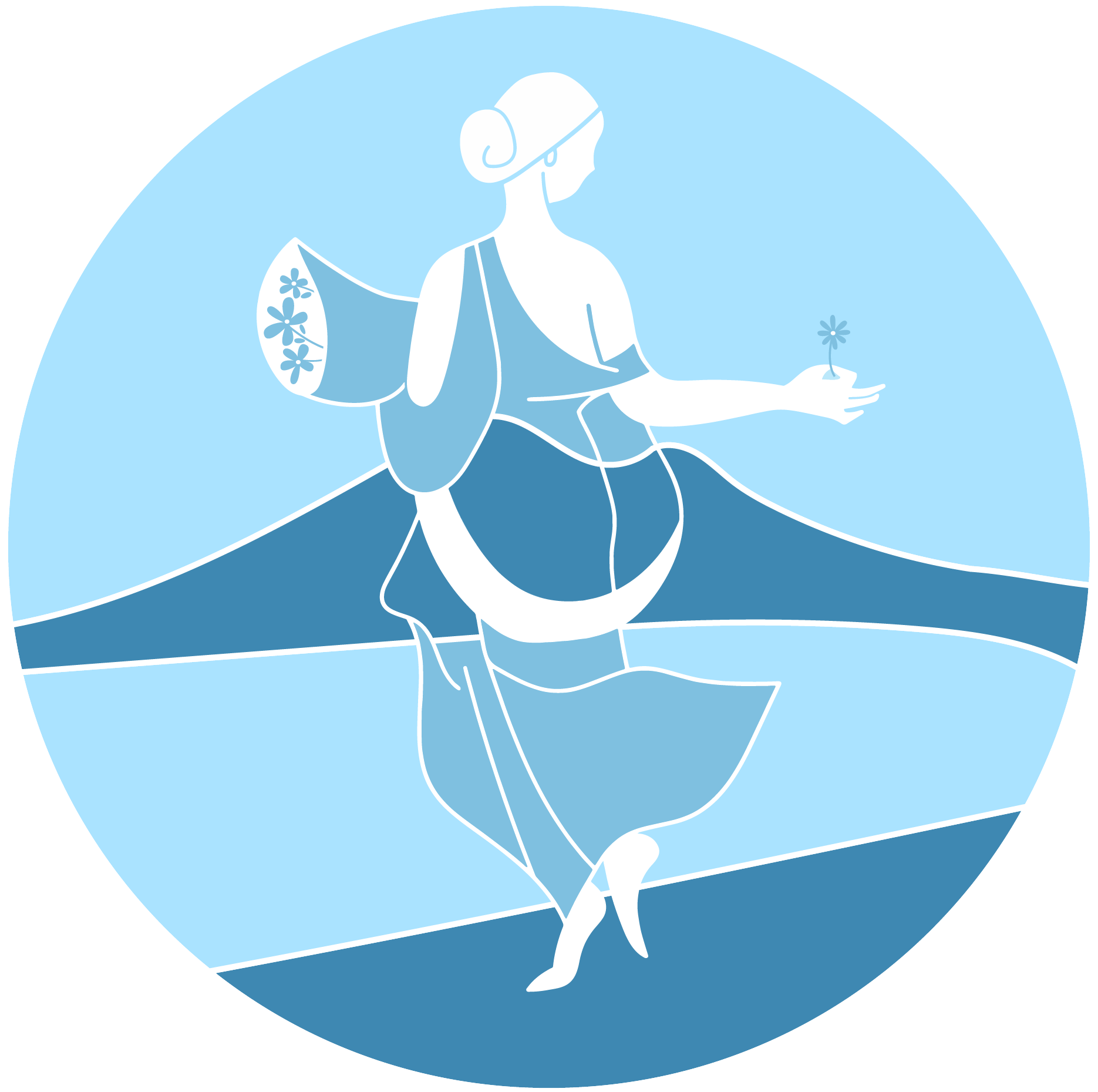
Archaeological Tour
Archaeological excavations have brought to light the remains of the ancient city of Stabiae. In the area there are about fifty rustic villas and leisure villas, but today only Villa San Marco, Villa Arianna and the so-called second complex can be visited. Discover the archaeological tours of Castellammare.
Stabia (the ancient name of Castellammare) was destroyed by the eruption of Mount Vesuvius in the year 79 A.D. The town became an holidays place after Silla conquered it. Pompei and Herculaneum after the Roman conquest continued to be real towns while Stabia became the holidays location of many wealthy families. Thanks to the beautiful landscape, to the abundance of water sources and to the fertility of the land here were built luxurious residences provided with any comfort and finely decorated .
In the 62 A.D. a violent earthquake badly damaged Stabia and it was still under rebuilding when the ashes and pumices of the eruption in the 79 A.D. covered it definitely so like Pompei.
Only a few victims were in Stabia because many people had left the residence when it was still under reconstruction before the eruption.
The illustrious victim was Pliny the Elder who came to Stabia to watch closer the eruption and died on the beach suffocated by toxic volcanic gases.
The villas still covered should be round about fifthy and only three of them are digged and available to be visited. They are: Villa San Marco, Villa Arianna and the so called Second Complex.
Villa San Marco
It is the largest villa of otium (leisure villa) among the archeological sites of Campania and the first discovered during the Bourbon Age in the half of the 18th and later on digged again by the headmaster Libero D’Orsi in the 1950.
It was called Villa San Marco because of a homonymous chapel standing nearby the villa. It consisted of two big peristilium built on different levels and all around them there are large residential rooms and guestrooms and in the center there is a swimmingpool 36 meters of lenght. In the shady garden were planes trees hundreds years old as documented by the plaster casts.
Remarkable was the upperside peristilium with twisted columns. Unfortunately many of them collapsed during the earthquake in the 1980.
The oldest section of the villa is from the Augustean Age and consists of the terastyle atrium , a garden and three cubiculum (bedrooms) leading to the kitchen.
The thermal baths section was probably public because oriented towards an undergroud street to which it was connected by a flight of steps. Baths are sapareted from the house by a viridarium. It is a garden closed by walls with six windows and decorated with frescoes.
From the atrium, finely decorated you can reach the vestibulum, the tepidarium, the gymn and the calidarium with a swimingpool. Because it is missing pieces of the bottom of the swimmingpool it is visible the heating system with clay pipes. The hot steam through the pipes heated the whole room.
Villa di Arianna
The villa was discovered during the Bourbon Age in the 18th, later on was recovered and finally uncovered again in the 1950. It was called Villa Arianna because the painting representing Arianna abandoned by Teseo on the Nasso island.
At the beginning it was called the House of the Cupids Seller (Venditrice di Amorini) because the homonymous painting found in a room of this villa. Now this painting and the marvellous Flora are in the Archeological Museum of Naples.
The villa was built following the hill orography and was connected to the beach through staircases and tunnels underground.
The building has got four sections dated back to different historical periods: The tuscanic style atrium (without columns along the impluvium side) from the late Republican Age, the baths from the Augustan Age, the triclinium with rooms beside and a porticous before it, with terraces and arches in part collapsed from the Flavian Age and the large gym from the Nero’s Age.
Artistic Excursions
The Cathedral and the diocesian museum
The Cathedral of Castellammare di Stabia, located in the City centre square Piazza Giovanni XXIII, is dedicated to Maria Santissima Assunta and San Catello Patron Saint of the city.
The Cathedral was built in 1587 but consecrated in 1893. Today it is the Cathedral of the ARCHDIOCESE of Castellammare Di Stabia and Sorrento.
The interior plan a Latin cross with a central nave and two aisles one on eachside, with five arches standing on ten pillars made of piperno and stucco with gilding medals.
The floor made up of octagonal and square marble. While the vault is decorated with three paintings by Vincenzo Paliotti representing scenes of Saint Catello’s Life. At the centre of the nave there is the ancient tomb of the Stabian Priest. While under the altar there is a marble sarcophagus of early Christian origin, dating back to the third century A.D.
The Cathedral is a true architectural jewel that in it eternal has got works of great artiste value such as; sculptures by Jerace, paintings by Giuseppe Bonito, Nunzio Rossi, Lanfranco, Spagnoletto, Filosa and in the Chapel dedicated to the fallen soldiers of the war a painting representing the Deposition of Christ’s attributed to Ribera.
Access to the church is through three bronze doors, the work of a Florentine sculptor Antonio Berti. The Cathedral in 2019 became the permanent home of the “Stabian nativity Crib”. A unique collection that consists of about eight figures of almost natural dimension, created by a Neapolitan artist, they date back to the (18th) eighteenth century. The collection belong to Monsignor Petagna.














